
The exhibition features 170 photographs in collaboration with the Virginia Museum of Fine Arts.Continue reading
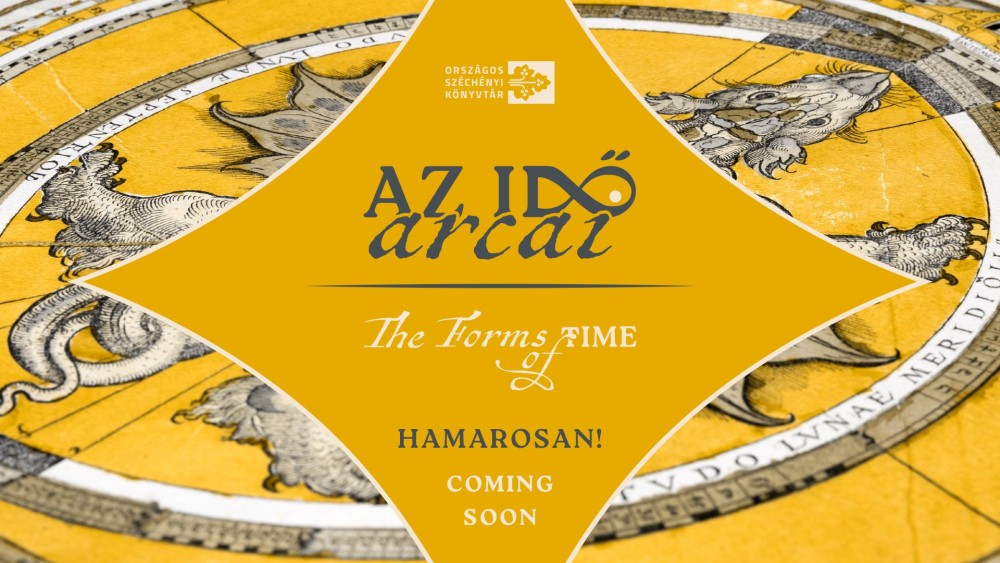
The National Széchényi Library’s (OSZK) exhibition entitled The Forms of Time, opening on Saturday, presents the perception of time in ancient and Christian culture.
In addition to calendars, chronicles, postcards, and photographs, the exhibition will also include physical, as well as digital items for children, who will be able to try out the Book of Hours of Pannonhalma and Hungarian composer Ferenc Liszt’s pocket calendar.
As the OSZK wrote in a press release, the aim of the exhibition is to present our celebrations, our commemorative days that stand out from the everyday, and the importance of celebrating them. The exhibition gives a glimpse into how the ancients conceived of time and how our ancestors looked to the future, how they thought about everyday life and holidays.
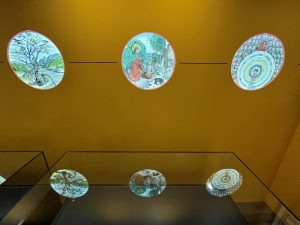
Photo: Facebook/Országos Széchenyi Könyvtár
The exhibition captures three aspects of time. In the first, marking linear space, there are chronological works: chronicles, old calendars, and diaries of famous people. In the second space, showing cyclical time, the circle of the year and the day is presented. In this space, the editions relating to the ecclesiastical year are on display, as well as the succession of commemorative days. The third room places the visitor in the passing moment, where special objects and quotations help to understand the importance of each moment.
From a puppet, a globe, and a fortune-teller’s book to Ferenc Liszt’s pocket calendar, the exhibition presents a variety of documents and objects. Maps, photographs, clocks, posters, and film and sound materials are also on display.
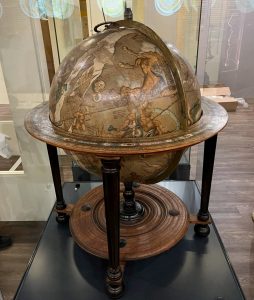
One of the most unique objects in the exhibition is one of the oldest globes in Hungary, made in Amsterdam in 1630. Photo: Facebook/Országos Széchenyi Könyvtár
The Book of Hours of Pannonhalma, dating from around 1500, arrived in Budapest especially for the occasion and is one of the highlights of the exhibition. Furthermore, a 16th century astronomical instrument will also give visitors a glimpse into the workshop secrets of European astronomy.
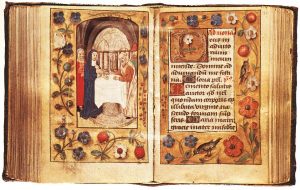
The Book of Hours of Pannonhalma. Photo: Wikimedia Commons
Visitors will also be able to digitally rotate a celestial globe borrowed from the Cistercian Historical Library (Zirc, western Hungary), flip through replica prayer books, and view the twelve signs of the zodiac without a telescope.
As time was represented in antiquity by two figures, Chronos and Kairos, they accompany visitors around the exhibition space. Chronos is the embodiment of infinitely fleeting time, while the young Kairos represents the precious moment of time.
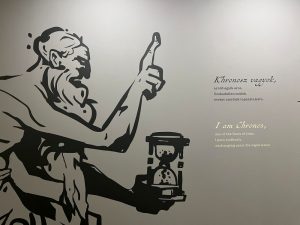
Photo: Facebook/Országos Széchenyi Könyvtár
The exhibition “The Forms of Time” is on view until July 11.
Via MTI, Featured image: Facebook/Országos Széchenyi Könyvtár